India has a diverse culture with many customs and traditions. There are people of different caste, races, and religions living in different regions of the country. There are forts, monuments built during ancient times and more of that are the beautiful temples. These temples are considered as the place to worship God and overall is a place known to have historical importance. Most Worshipped Temples in India
Generally, these primordial sacred shrines are observed having amazingly carved interiors with devotedly decorated belongings of saints. Further, temples provide the believers, inner peace of mind. For history lovers, these are great places to look at the architecture. Subsequently, we have brought you such 5 most worshipped temples in India.
1. Vaishno Devi temple.
Located in Katra, Jammu & Kashmir is a holy place for Hindu followers. This temple lies at the foothills of the great Himalayas, providing the devotees with an acoustic view of nature. It is one of the most imperative holy place in India.
- As per some Hindu saints, the wicked forces started frightening the earth during Treta Yuga. Overseeing this, Bhumi (the Earth Goddess) went to Tri-powers i.e, Brahma, Vishnu, and Mahesh to get help.
- Since they were helpless, Devi Lakshmi, Parwati, and Saraswati combined their forces and shaped Maa Vaishno Devi. She battled many asuras and freed mother Earth from evil forces.
- Mata Vaishno Devi is known to stay in the caves of the Himalayas and protect the earth.
- Thousands and lakhs of devotees visit the temple every year to pay their venerations to Goddess Vaishnavi. For this, they have to trek for approx. 12 km and put forward their wishes in front of Goddess. Most Worshipped Temples in India
2. Golden Temple.
A golden temple is a sacred place that is erected on the sides of a man-made Sarovar in Amritsar, Punjab. This gorgeous temple (also famous by the name Harmandir Sahib) is the most divine place of devotion for Sikhism followers.
- Built in the middle of the 15th century, this temple is known to have been completed in 1577 by Guru Ram Das, a fourth Sikh Guru. However, in the year 1604, a copy of Adigranth was placed here by Guru Arjan as concealment of their religion.
- The temple has gained historical importance due to having been built by many Sikh gurus and destroyed by many Mughals at different times.
- It is known that to protect it from recurrent attacks and damages, Maharaja Ranjit Singh rebuilt it using copper and marble in 1809. After he laid the foundation of the Sikh empire, coated this shrine with gold. It is due to this reason, the temple got its name as “Golden Temple”.
- The religious connotation of this place draws a huge number of visitors and Sikh followers to get to its doors and pay their worships and respects.
3. Ramnathswamy Temple.
The Ramnathswamy Temple is one of the important parts of sacred Char-dhams and is located on the off coast of the Pamban Island, Tamil Nadu. This temple is dedicated to Lord Shiva and was built in the middle of the 12th century. This temple is one of twelve Shiva’s Jyotirlinga temples.
- The Ramnathswamy temple is known to have the longest passageway amid all other Hindu shrines in the country.
- This Hindu shrine was built during Pandya Dynasty. After this, its main parts were reconstructed and renovated under the supervision of Jeyaveera Cinkaiariyan along with his successor Gunaveera.
- The temple is sited n Rameshwaram, which is reflected as a divine place for Vaishnavites, Smarthas, and Shaivites.
- The Lingam of Ramanathaswamy (or shiva), the reigning idol was time-honored by many famous saints and rulers.
- As per the sources, this Linga was even deified by Lord Rama before starting their journey to Lanka bypassing the bridge.
4. Kashi Vishwanath Temple.
Kashi Vishwanath temple is sited in Varanasi and is one of the most beautiful Hindu temples across the country. Located in Vishwanath Gali of Varanasi (U.P) and on the banks of Ganga, this temple is dedicated to Lord Shiva. It lies just after Dashashwamedh Ghat, a sacred ghat in Varanasi.
- The main deity of the Kashi Vishwanath temple is known as Shri Vishweshwara or Vishwanath, which means “Lord of the universe”.
- Since, Varanasi was famous by the name of Kashi in the former period, due to which the temple got its name. Moreover, the Vishveshwara is obtained from the combination of two words i.e, Vishwa as Universe and Ishvara as Lord.
- It has been the important center for devotees of Lord Shiva and has the belongings to Shaiva Philosophy.
- Unlike other Hindu shrines, this holy place was also attacked by various Muslim followers in different eras. It was fully ruined by Aurangzeb (the Sixth Muslim ruler) to construct Gyanvapi Mosque instead. But to its glorious history, the renovation was carried out by Ahilya Bai Holkar, a Maratha ruler in 1780.
5. Dwarkadeesh Temple.
Also known as Jagat Mandir or Nija Mandir (occasionally signified as Dwarakadheesh) is a Hindu pilgrimage, devoted to Lord Krishna. As per the folklore, the temple was initially built by the grandson of Lord Krishna named Vajranabha over the residential place of his grandfather. However, was destroyed by Mahmud Begada in 1472. Successively, it was reconstructed back in the mid 16th century by the Hindu devotees.
- This is a five-storied building having a total of 72 pillars stabilizing its structure.
- Since Krishna is also known as “King of Dwarka” or Dwarkadhish, the temple obtained its name from being the mystical place of Lord Krishna.
- It is sited in Dwarka city, Gujrat, and follows the guiding principles generated by Vitheleshnath and Vallabhacharya.

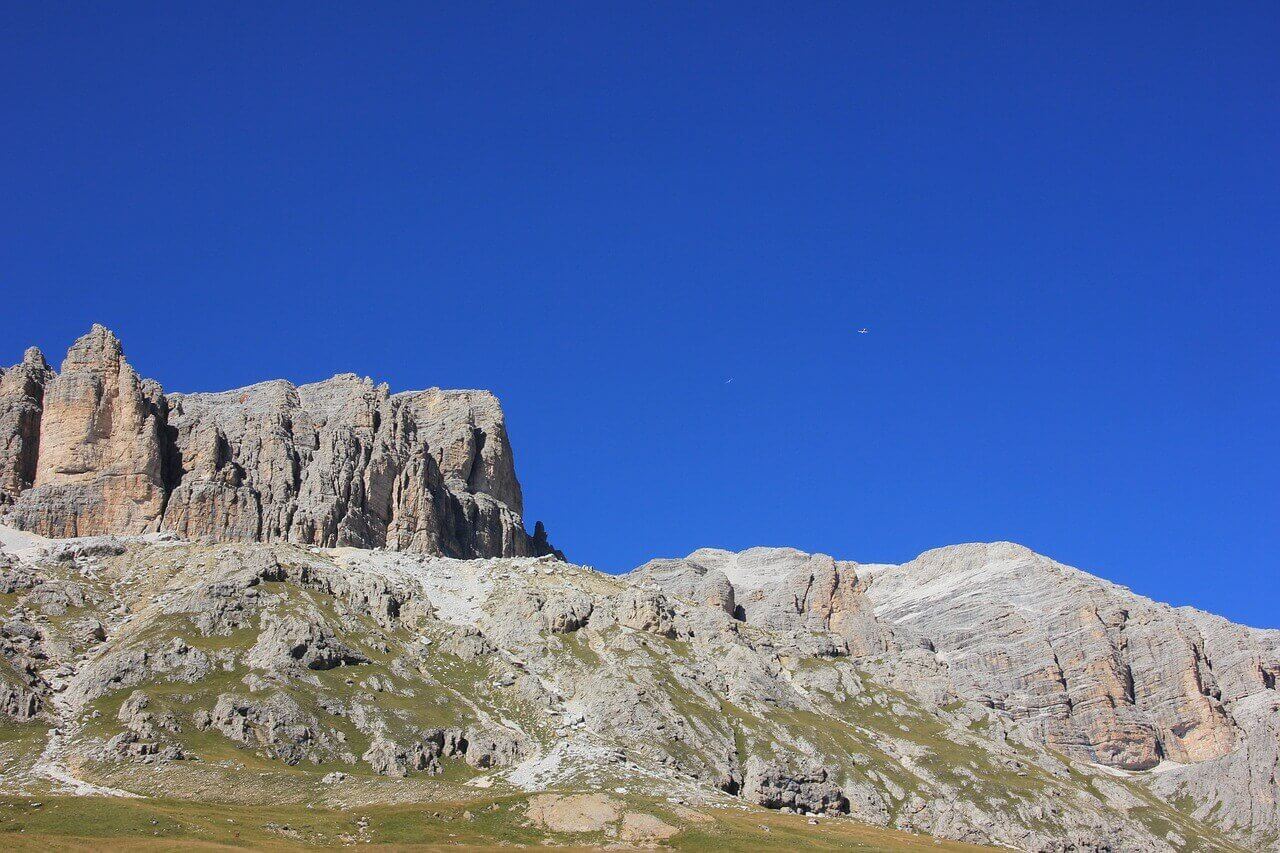


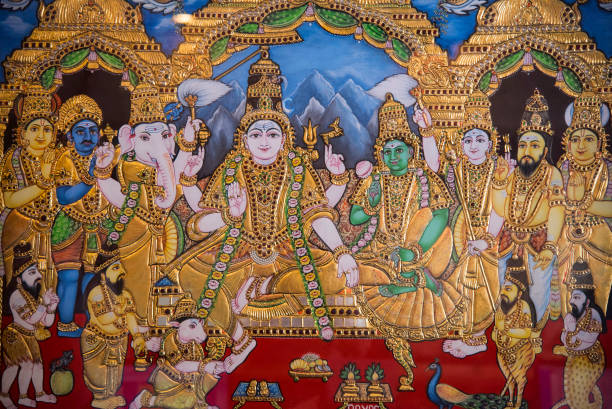
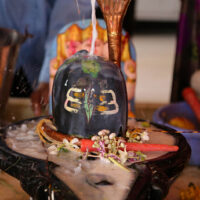
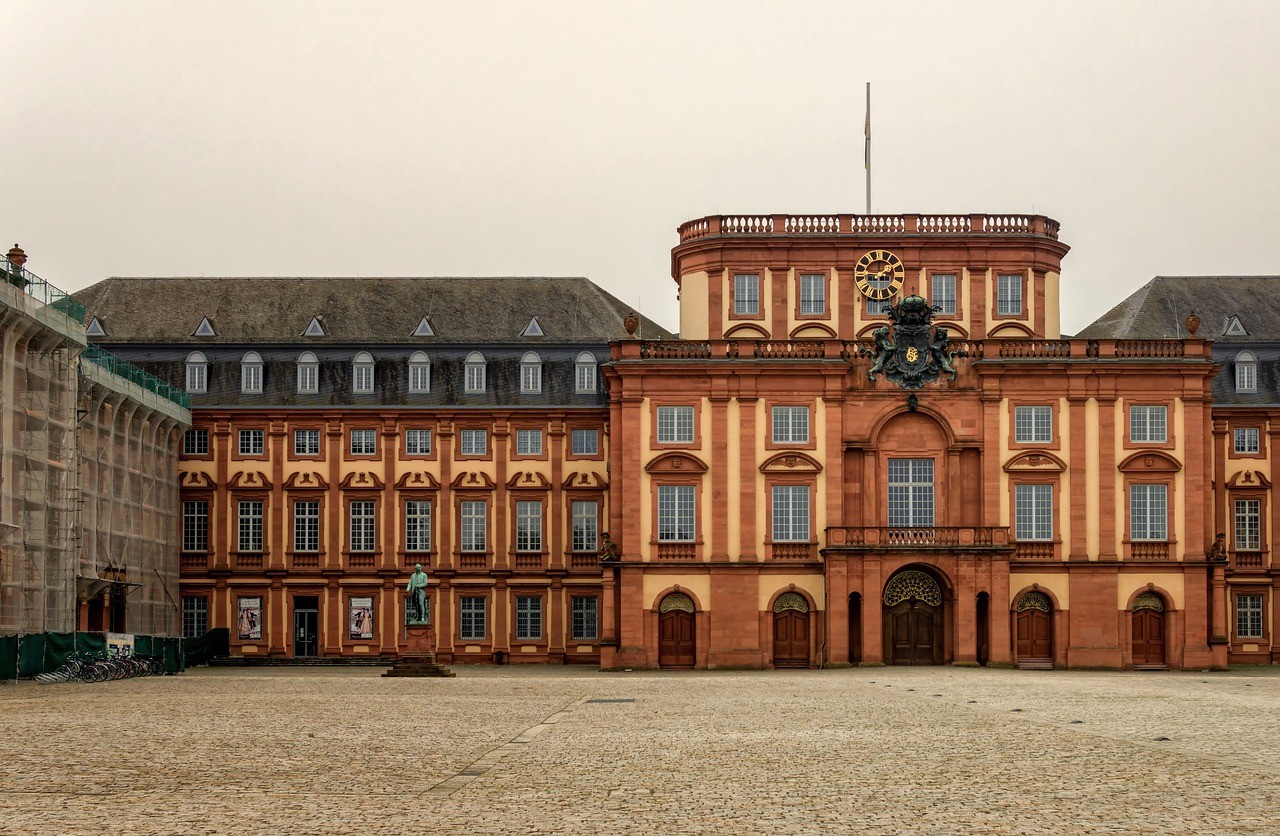
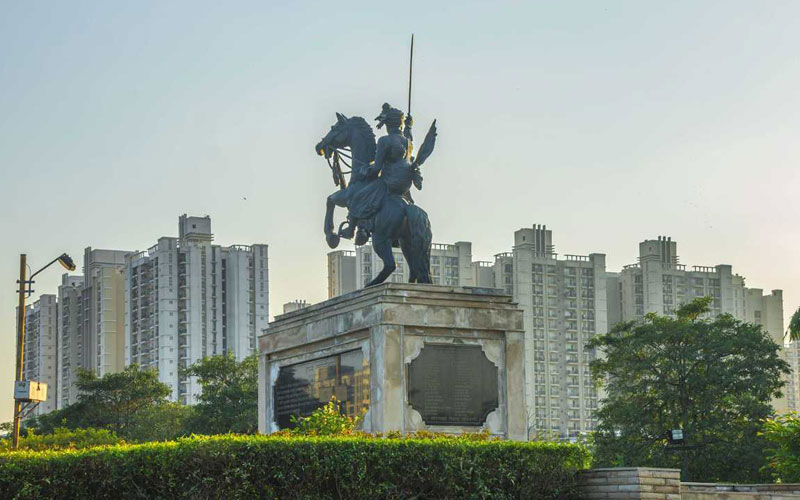




Great job dear.
Your articles are informative and meaningful. These are providing an insight into our culture and history.